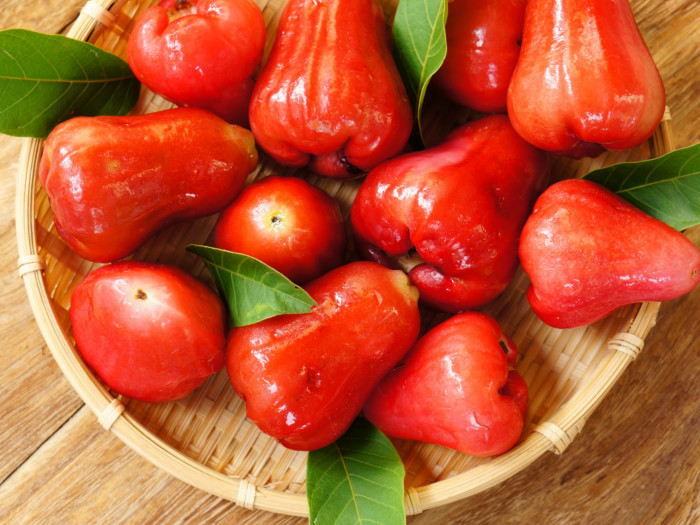
Top 4 Health Benefits of Rose Apples Organic Facts
The rose apple is a popular fruit that can boost the immune system, prevent constipation, lower inflammation, support heart health, detoxification, and more. Its delicate flavor resembles rose petals with a hint of apple. Its flavor is light, crisp, and faintly sweet. The fruit can be eaten directly off the tree or sliced and added to dishes.
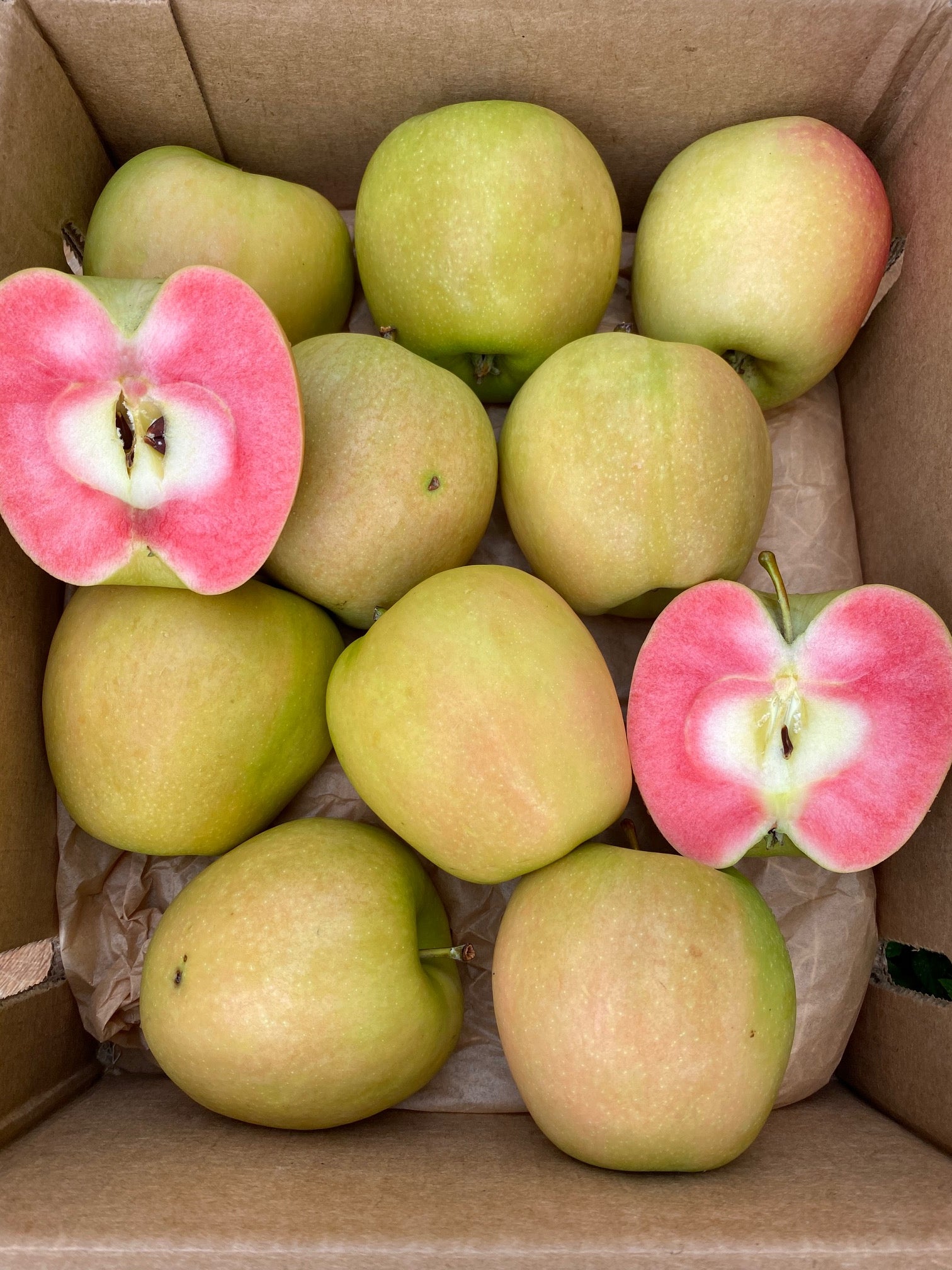
Green Pink Rose Apple Rose apple syzygium jambos alston myrtaceae
The Hidden Rose Apple® story. The original tree from which today's Hidden Rose Apple trees are grown was located on land belonging to Lucky and Audrey Newell in Airlie, Oregon. The "parent tree" of the unique apple known as the Newell-Kimzey variety grew in the middle of the Newells' meadow just six feet from an abandoned, hand-dug well.

ROSE APPLE Tropical fruit Florida
Growth Habit: The rose apple is a highly decorative evergreen large shrub or small tree growing to about 20 feet with low spreading branches and pale-brown bark. It is wide spreading and often will be wider than its height. Foliage: The lanceolate leaves are 4 to 9 inches in length by 2 inches wide, shiny and pink when they first emerge, fading.
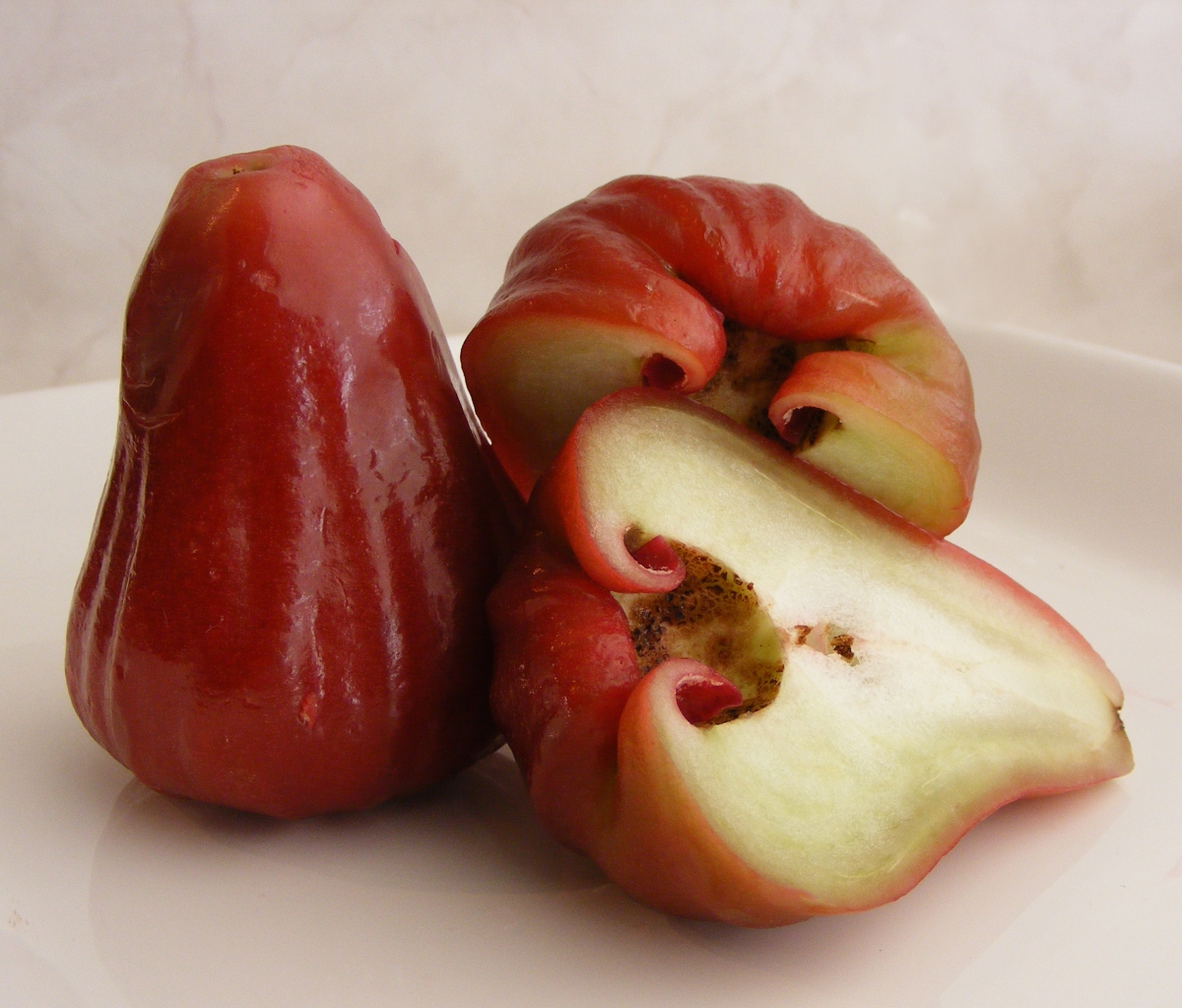
Rose Apple a photo on Flickriver
Syzygium jambos is a large shrub or small-to-medium-sized tree, typically 3 to 15 metres (10 to 49 feet) high, with a tendency to low branching. Its leaves and twigs are glabrous and the bark, though dark brown, is fairly smooth too, with little relief or texture. The leaves are lanceolate 2 to 4 centimetres ( ⁄⁄ inches) broad, 10 to 20 cm.
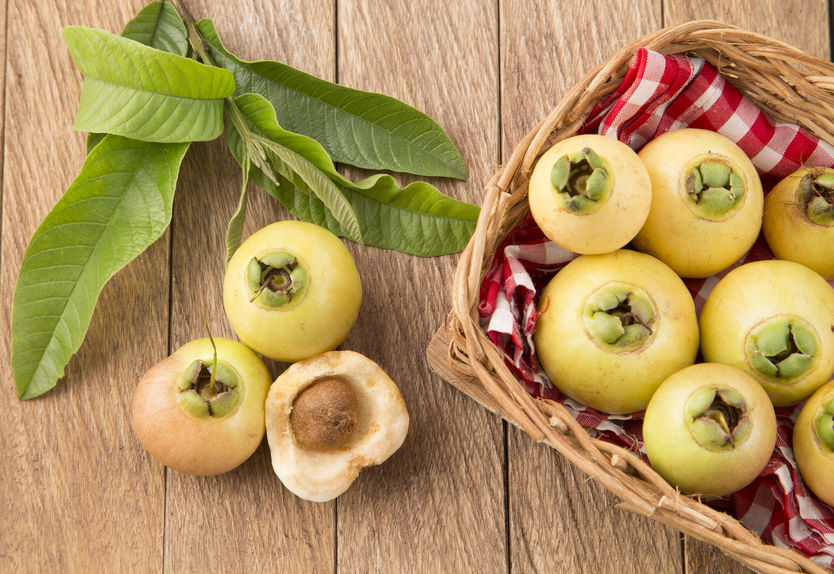
The 10 Benefits of the Rose Apple you Need to Know
Nutritional Value of Rose Apples. Rose apples are high in vitamins A and C, and rich in dietary fiber.According to the USDA, a 100 gm portion of rose apple may have only 25 calories and 0.6gm of protein.They may also contain calcium, thiamin, niacin, iron, sulfur, and potassium.In terms of organic plant compounds, they can even contain jambosine, betulinic acid, and friedelolactone.

Medicinal and Other Uses of Rose Apple Facts N' FramesMovies Music
Appearance: The rose apple tree may be merely a shrub but is generally a tree reaching 25 or even 40 ft (7.5-12 m) in height, and has a dense crown of slender, wide-spreading branches, often the overall width exceeding the height. The flowers are creamy-white or greenish-white, 2 to 4 in (5-10 cm) wide, consisting mostly of about 300 conspicuous stamens to 1 1/2 in (4 cm) long, a 4-lobed calyx.

Rose Apples per kg Fresh Fruit and Vege Ltd
The Rose Apple, also known as Water Apple, is a fruit native to Southeast Asian countries and certain tropical regions of India.It is scientifically known as Syzygium samarangense and is popular for its thirst-quenching properties. This succulent, delicious fruit is prized for its therapeutic applications in treating various ailments, including heart conditions and liver disorders.
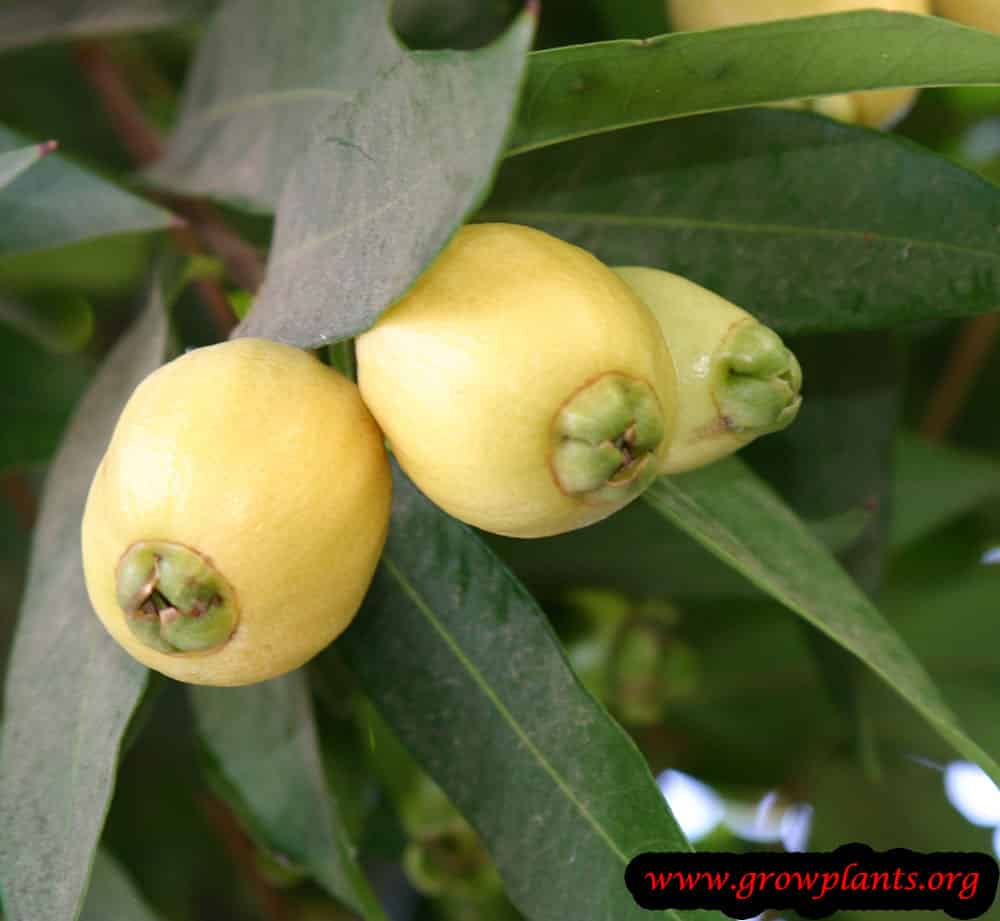
Rose apple tree How to grow & care
Names. Syzygium malaccense has a number of English common names. It is known as a Malay rose apple, or simply Malay apple, mountain apple, rose apple, Otaheite apple, pink satin-ash, plumrose and pommerac (derived from pomme Malac, meaning "Malayan apple" in French). Despite the fact that it is sometimes called the Otaheite cashew, it is not related to cashew.

Pin on REH Kings Herbal
Rose Apple Tree Characteristics. Rose Apples have some very interesting characteristics. These trees are occasionally just as small as shrubs, but often grow to around 40 feet in height. They also have a spread that can be wider than the tree is tall. All in all, this makes for one imposing and large tree.
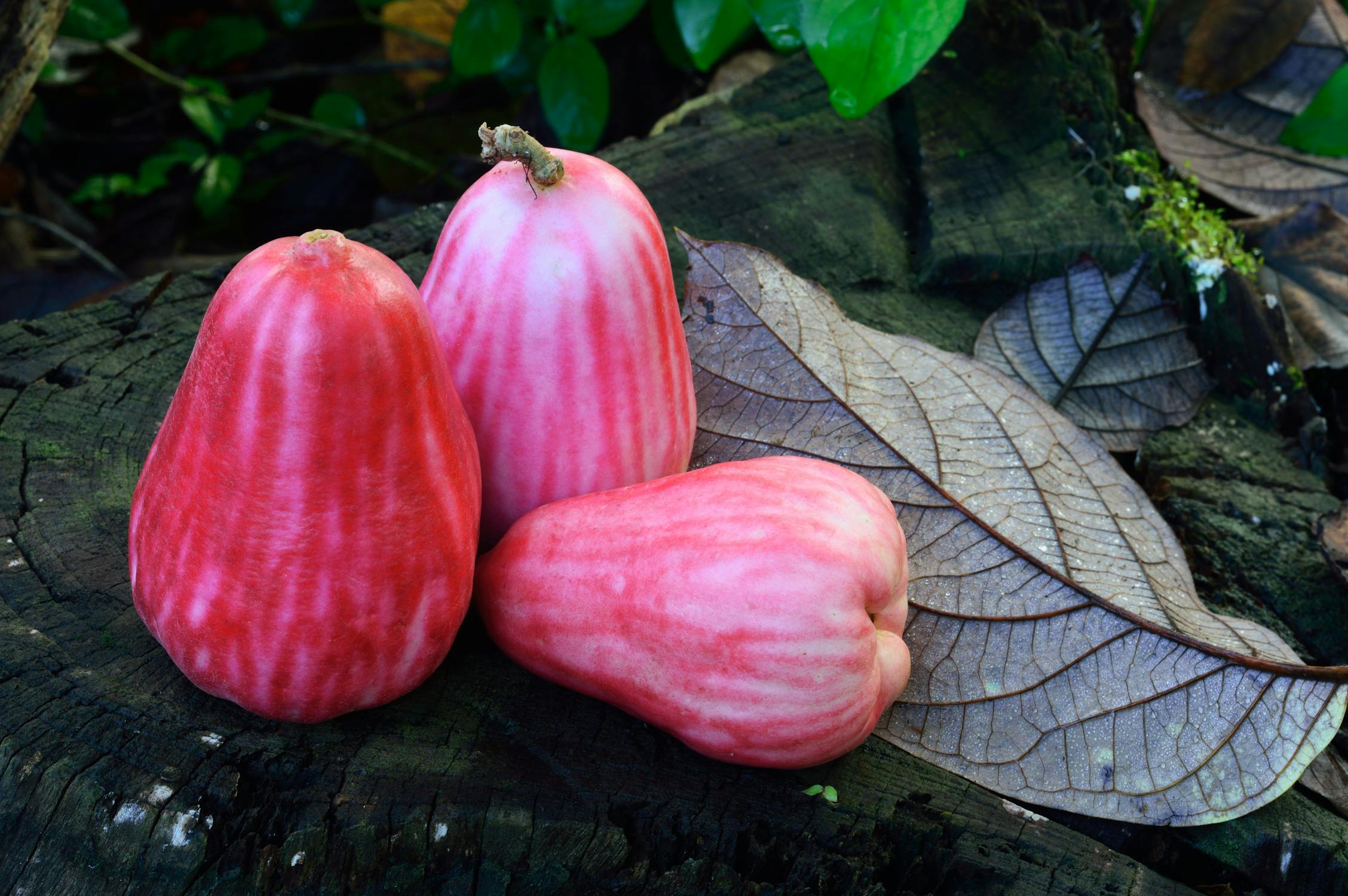
Three Rose Apple Fruits · Free Stock Photo
Syzygium jambos is a species of rose apple that forms a part of the Myrtaceae family and is also commonly known as Malabar Plum. It originates from southeast Asia and now occurs widely in other regions of the globe, including Australia, where it can be found naturalised in coastal districts of Queensland and New South Wales.
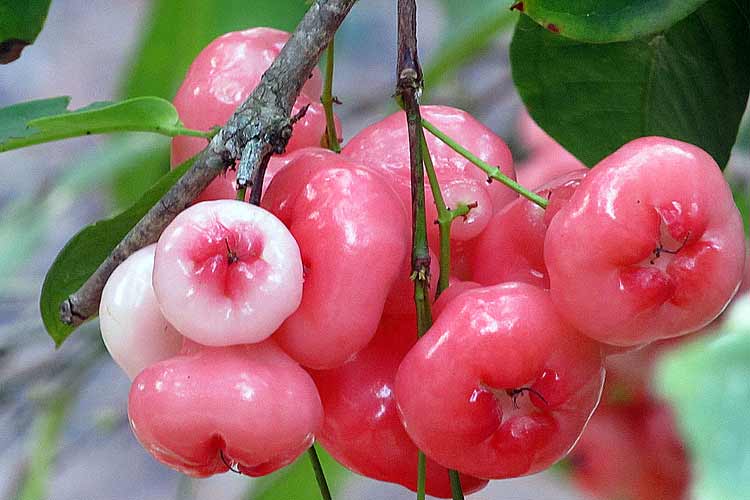
14 Health Benefits Of Rose Apples (Water Apples)
Underneath the rose apple's skin, there is a crisp, apple-like layer of white or pale yellow flesh, followed by a hollow center that contains up to 4 rough, brown seeds. When rose apples are ripe, their large seeds disconnect from the cavity wall, causing a rattling sound when you shake the fruit.
Rose Apples
5. Diuretic Rose apple acts as a diuretic that helps in kidney function.. 6. Fever Reducer Studies published in the "International Archive of Applied Sciences and Technology" showed that the tropical fruit is beneficial for alleviating fevers. Connected with that is the ability to help with headaches. 7. Free Radicals The fruit is rich in vitamins and antioxidants that aid in countering.

Rose Apples Free Photo Download FreeImages
Other Facts. Rose apples highly perishable and easily bruised. It is non-climacteric. The trees of Rose Apple bloom as well as fruit less in summer. 2 kg (5 lbs.) fruit is yield by the matured rose apple tree. Rose Apple enhances the liver and brain. The fruit acts as a stimulant for the liver and brain.

8 Things About Rose Apples You Can’t Afford to Miss
Rose apple is good for pregnant women as it fulfills iron and vitamin deficiency in the body. Its seed and leaves are used for treating asthma and fever. Rose apples improve brain health and.
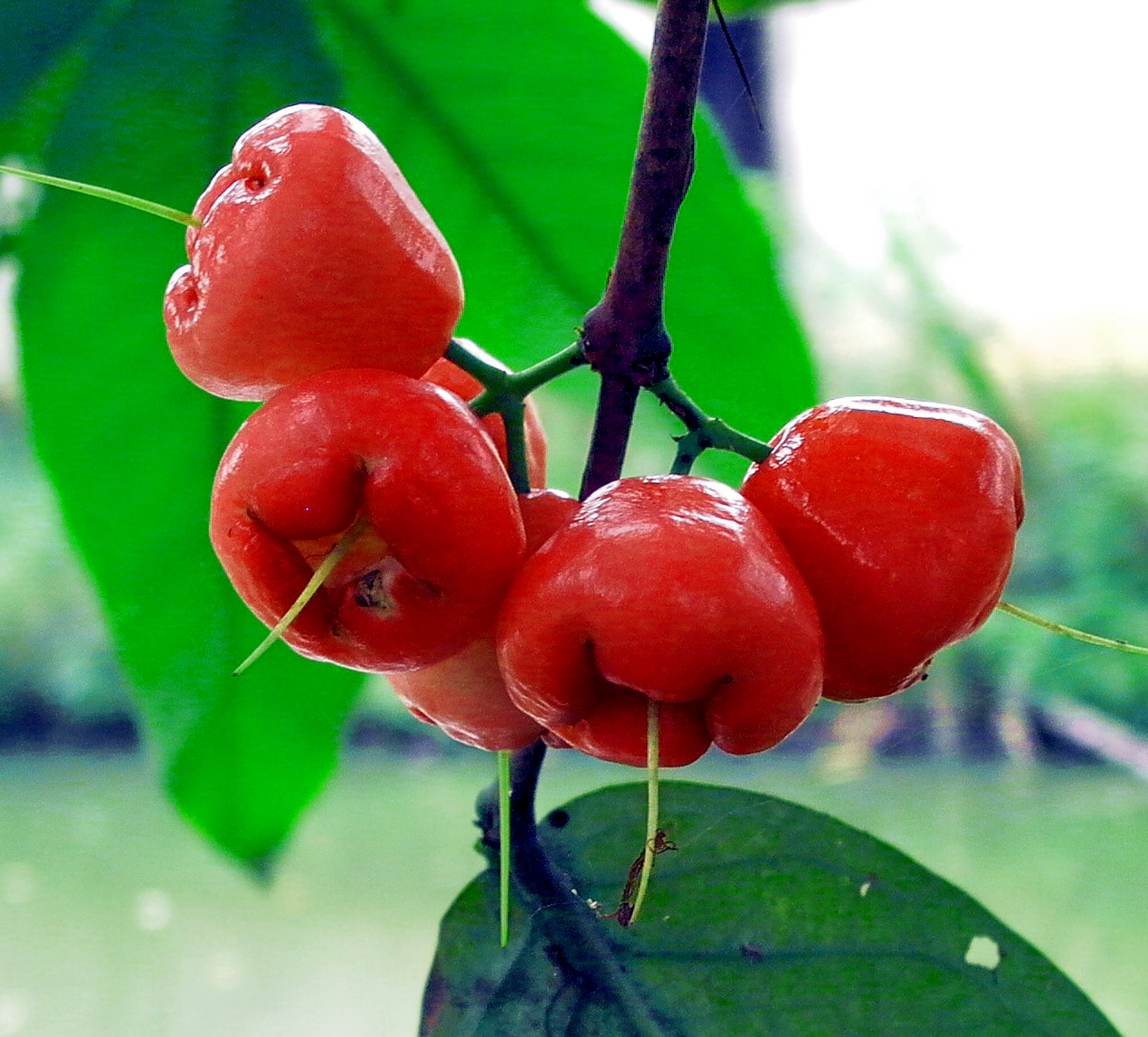
Health benefits of rose apple or Water Apple leaves Health Benefits
Rose apple. Rose apple may refer to: Angophora costata, a common woodland and forest tree of Eastern Australia. Various Syzygium species, especially the following: Syzygium aqueum, Watery rose apple. Syzygium jambos, Rose apple or jamb. Syzygium malaccense, Malay rose apple. Syzygium samarangense, Java rose apple.

Rose Apples Top 5 Incredible Benefits Of Rose Apples YouTube
The Rose Apple (Syzygium jambos) is a type of apple found in 1762.It is related to the Guava, is native to the East Indies and Malaya. The Rose Apple is cultivated and naturalized in many parts of India, Southeast Asia, and the Pacific Islands.Later, it was introduced to Jamaica and became well distributed in the West Indies and at low elevations, from Southern Mexico to [Peru].